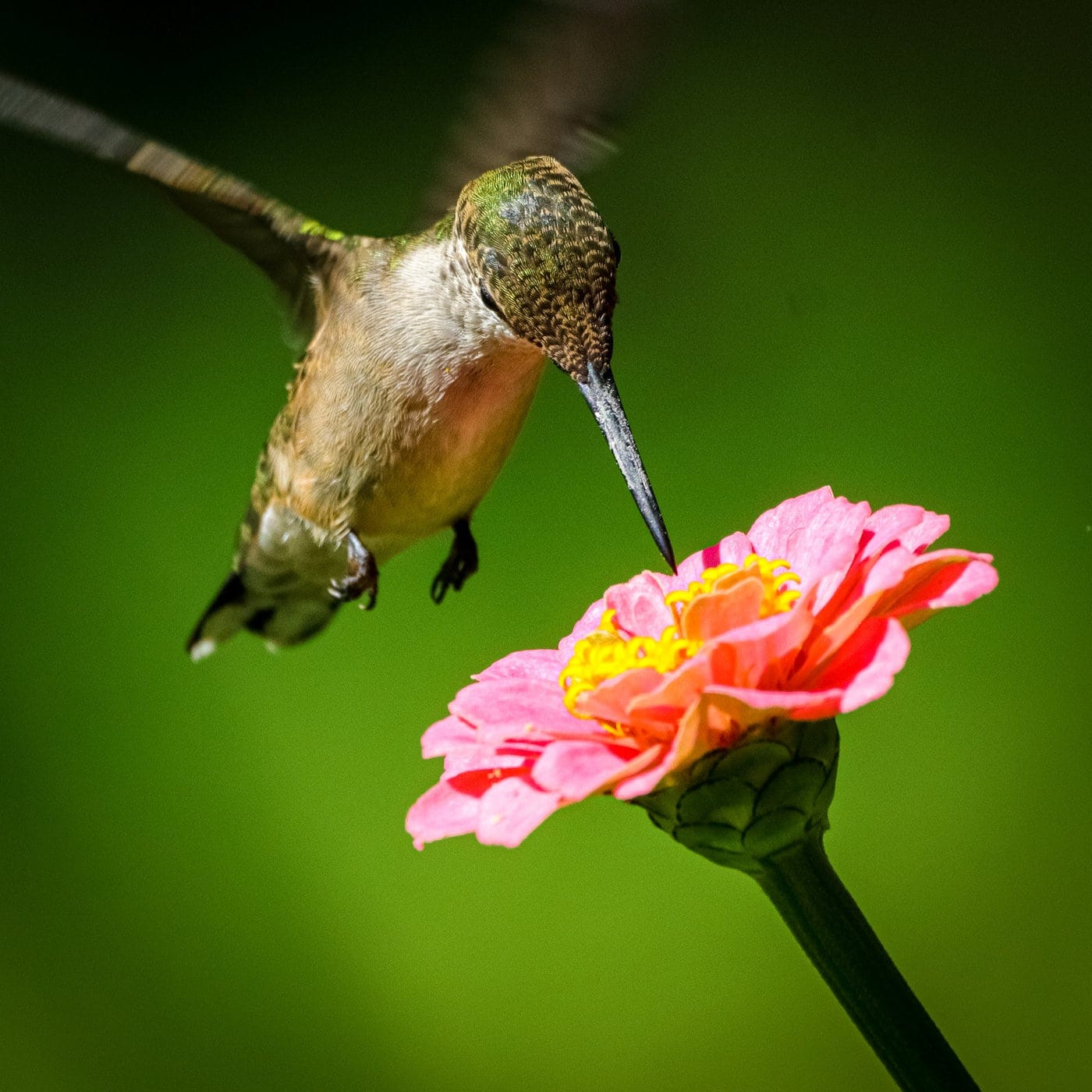Stamp: Rufous-breasted Hermit (Glaucis hirsutus) (Trinidad and Tobago 2002)
Rufous-breasted Hermit (Glaucis hirsutus) (Trinidad and Tobago 2002)
17 April (Trinidad and Tobago ) within release Birds goes into circulation Stamp Rufous-breasted Hermit (Glaucis hirsutus) face value 1 Trinidad and Tobago dollar
| Stamp Rufous-breasted Hermit (Glaucis hirsutus) in catalogues | |
|---|---|
| Michel: | Mi:TT 731 |
Stamp is square format.
Also in the issue Birds:
- Stamp - Rufous-breasted Hermit (Glaucis hirsutus) face value 1;
- Stamp - Black-throated Mango (Anthracothorax nigricollis) face value 2.50;
- Stamp - Tufted Coquette (Lophornis ornatus) face value 3.25;
- Stamp - White-chested Emerald (Amazilia brevirostris) face value 3.75;
Stamp Rufous-breasted Hermit (Glaucis hirsutus) it reflects the thematic directions:
Birds (Aves), a subgroup of Reptiles, are the last living examples of Dinosaurs. They are a group of endothermic vertebrates, characterised by feathers, toothless beaked jaws, the laying of hard-shelled eggs, a high metabolic rate, a four-chambered heart, and a strong yet lightweight skeleton. Birds live worldwide and range in size from the 5 cm (2 in) bee hummingbird to the 2.75 m (9 ft) ostrich. They rank as the class of tetrapods with the most living species, at approximately ten thousand, with more than half of these being passerines, sometimes known as perching birds. Birds are the closest living relatives of crocodilians.
Hummingbirds are birds native to the Americas and comprise the biological family Trochilidae. With approximately 366 species and 113 genera, they occur from Alaska to Tierra del Fuego, but most species are found in Central and South America. As of 2024, 21 hummingbird species are listed as endangered or critically endangered, with numerous species declining in population


